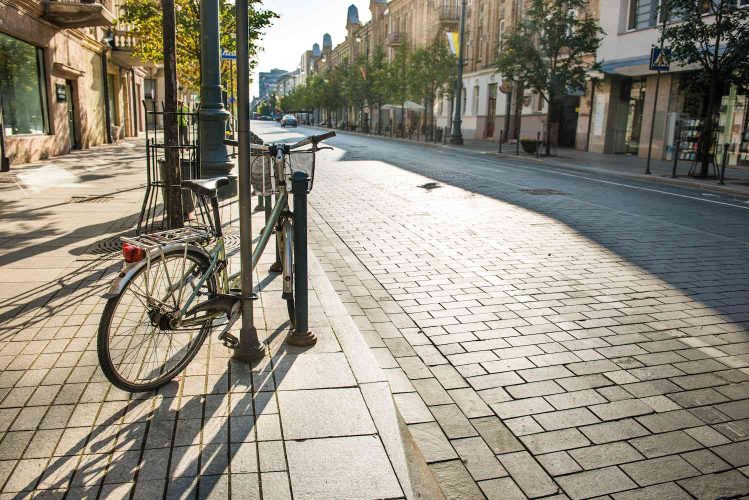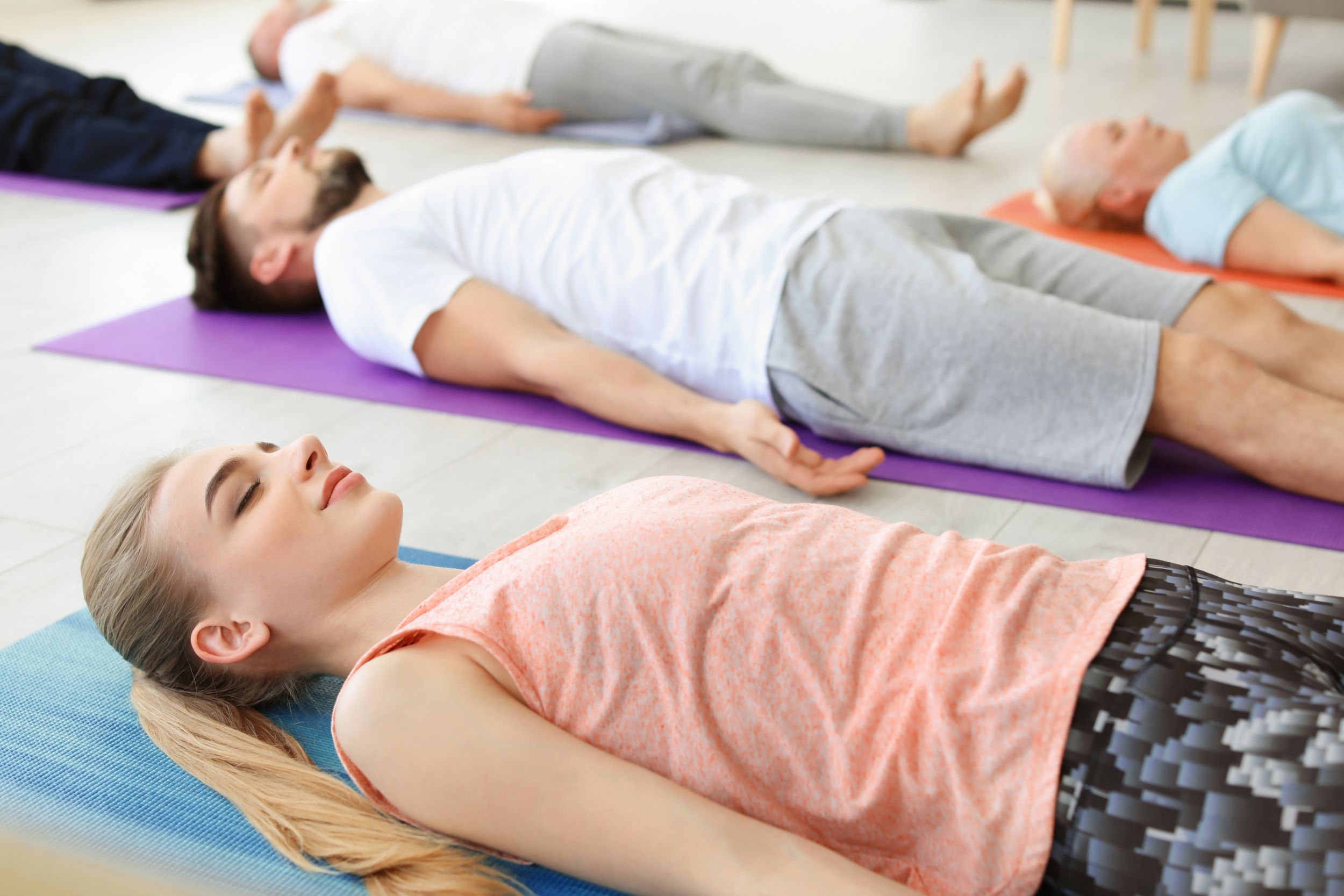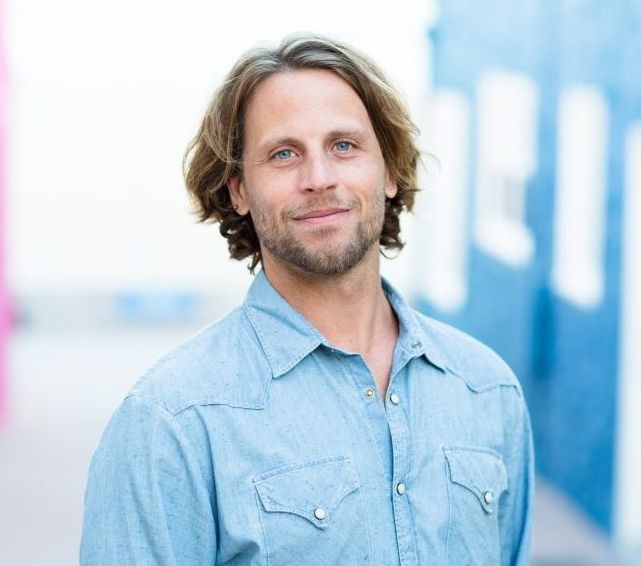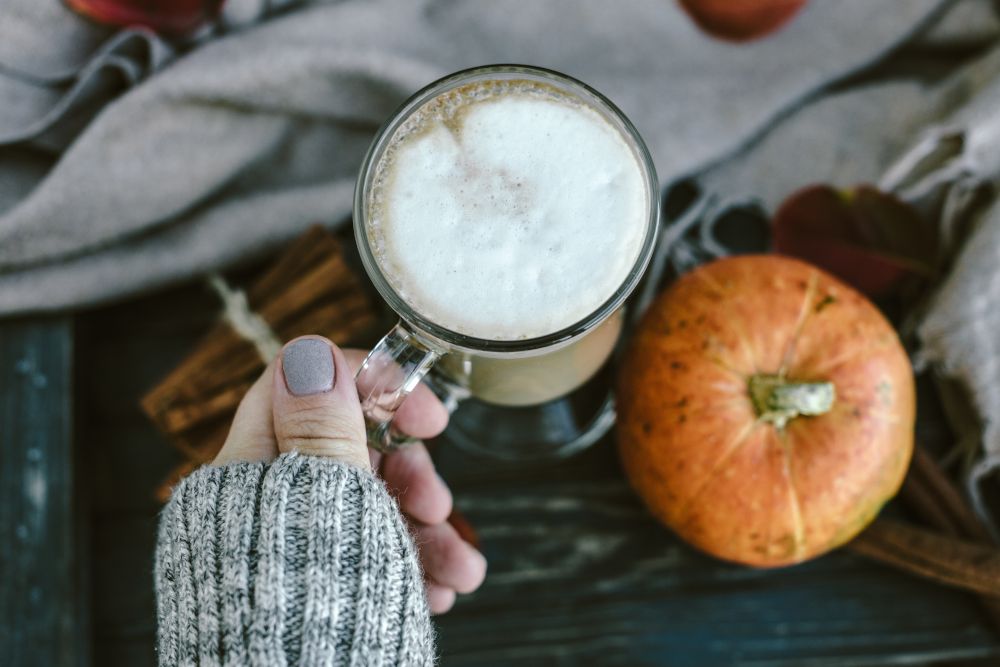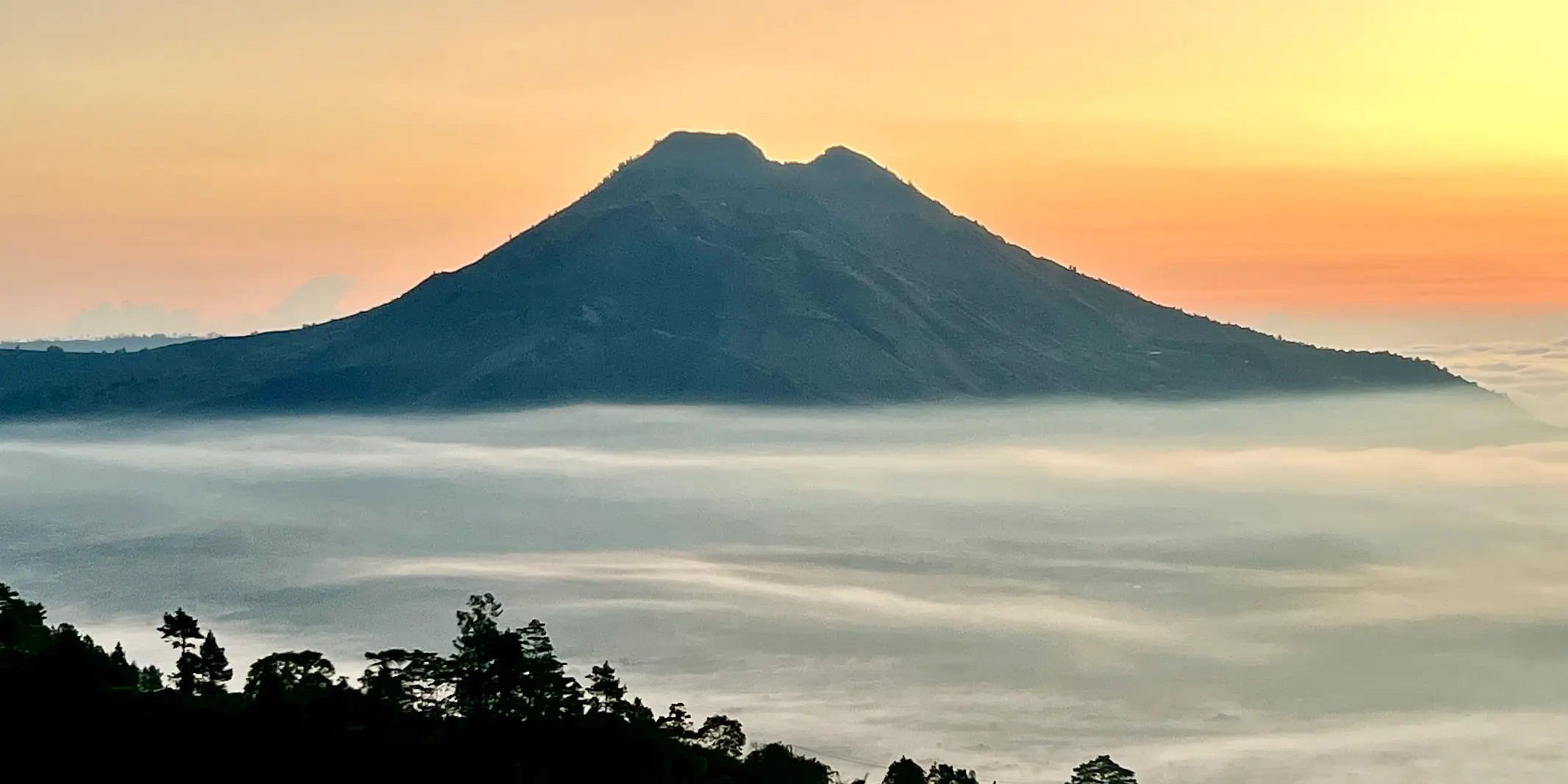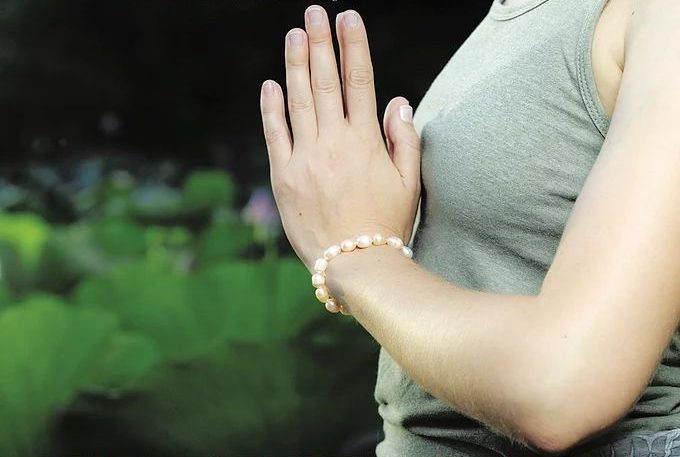Recently, I’ve been reminded repeatedly of books that I read over the last four decades, such as Brave New World, The Handmaid’s Tale, The Giver, 1984. I have strong recollections of how those books made me feel because they were feelings of severe discomfort and a distinct need to think, “This is not possible.” In classroom discussions, I don’t recall the conversations being about whether the situation was possible; instead, we talked a lot about character and conflict; a little bit about setting, a lot about figurative language, but definitely the three classic conflicts: man versus himself, man versus nature, and man versus man/society. (I use “man” here because, in the 80s, that is what we used. Today, we say “character versus themselves,” etc.)
My memory of those books involves a fair amount of fear and denial, an effort to separate myself from the characters and the plots. I didn’t read them for pleasure; I read them because it was required for school. I have many friends and relatives who love reading dystopian novels, proving that our affinity for types of stories varies and that literature can provide a clean mirror into ourselves.
My memory tells me that the scenes in these books were always colorless. I am sure there was some language that also helped create this sense, but today I am discovering something about that reading experience and those books. People say that 1984 “came to be,” that The Handmaid’s Tale is not a far cry from our current life. From a very simple, plot-based account, I often question these claims. But, from an aesthetics perspective, I realize that these claims are potent.
Our experience today, during a worldwide pandemic, is lived inside each of us, and our stories are told from those perspectives. We are limited. We feel strapped, tied-down, imprisoned, perhaps. We are “not allowed” to engage with our loved ones and friends as we would like – an assumed human freedom that is stripped from us. We hardly drive anywhere. We stay away from community-centered experiences (which our culture has been nurturing for decades now): we celebrated, we fought, we commiserated, we mourned in unison. Does this description sound dark and grey? It sure does. Does it sound like there are power struggles in society? It sure does. Are there considerable equity discrepancies as a result of our current condition? There sure are. This is the dystopia that I envisioned and feared as I read those books. I was certain it was not really possible. Or I hoped.
It is springtime, and the bird-songs wake me early, the hue of fresh green is mind-bending, the heat is nearly visible. Flowers are budding and blooming in their timely manner, the air is clear and abundantly fresh, vegetable plants are being nurtured at the macro level. Nature continues its course, unaffected by “man’s” condition. So, what is our conflict, and how can we resolve or live with it?
- Character versus Themselves: A character’s conflict with self can be described as an inner struggle in which we embody self-doubt. We are not able to recognize our own truth and live it.
- Character versus Nature: A character’s conflict with nature often looks like a struggle to control nature and a realization that humans are powerless; we tend to go into survival mode.
- Character versus Character/Society: A character’s conflict with another character (or society) looks like a disagreement in fundamental ethical values and can be unnerving. If we don’t agree with another person, we have physical and emotional reactions when thinking about or being around that person. If we don’t agree with society, we are left alone.
In life, we are faced with all of these conflicts at one time or another, some to a greater degree than others. Today, we may be feeling all of them: certainly a conflict with nature, as the virus challenges our health and our life, our social norms, our habits. This, in turn, leads to an inner struggle as we work hard to change and find comfort in new habits of living that tear at our hearts. And, because we are all individuals with different reactions to the situation, our behaviors and beliefs in how to manage the situation may differ, and we might find ourselves in conflict with each other.
Facing a force of nature such as COVID-19 puts us into survival mode, fight or flight. The amygdala (the part of the brain that senses outside threats and releases stress hormones to counter the threat) is in high gear. In yoga, the physical practice, breathwork, meditation, as well as the yamas and niyamas, are incredibly useful tools as we navigate these conflicts.
- To start, yoga asana and breathwork are invaluable for relaxing the body. I have found the cue “direct your attention [or focus or breath]” to specific areas of the body is surprisingly helpful. Noell Clark often says, “smooth the skin of the forehead,” and when my forehead gets all of my attention, that is pretty powerful energy!
- Additionally, creating a context where our thoughts cannot be so powerful helps reduce the stress response. Strong yoga asana that requires attention to balance or build proprioception is a wonderful way to release external thoughts in the mind.
- Practice a loving-kindness meditation. If this is new to you, I recommend you practice it guided. The reason for this is that someone else’s voice can help us stay focused on our intention – in this case, to meditate on a specific idea – and have a successful experience.
- A counting pranayama (breathwork) that requires balanced, repetitive attention is also helpful. Steady the attention, steady the thoughts, steady the brain response.
- Practice savasana. I recently stole away from what I was doing, practiced five minutes of intense stretching (maybe cat/cow, sunbird variations, low lunge with twist) and then lay in savasana for 10 minutes. The second time I did it, I played a meditation from one of Breathe Together Yoga’s teachers as a guide. What happens in a long savasana? Muscles relax, bones get heavy, skin smooths, and the mind rests.
- Finally, observe your surroundings. See the color blooming today. Nature, while seemingly attacking us, is still providing us with her beauty. Outside, notice: breathe the air, and analyze the sensation and texture. When you look up, define the color of the sky and note the shapes in the clouds. When you look down, see the geometry in the shadows and brilliant colors in the buds of flowers against a backdrop of green.
The settings in dystopian novels seem to strip us of our senses, but that’s because the conflict is so powerful and we give in to it. If we turn our attention inward, realize that our senses are still there, then we can draw on them to see the color, hear the singing, smell the fragrance, taste the air, and lower our stress response, which, in turn, might make living a little less dark, and a little more manageable. It will help us live presently and recognize what really matters. We write our own stories and, in doing so, the resolution for the conflicts is in our own hands; having awareness of this fact, and the accompanying tools, is helpful to our well-being.

